The Top Ten List of Questions From Customers...
As people receive the information that comes in the "frequency mini-course" via the Healing Frequencies Music newsletter, they respond with additional questions. I've taken the top ten questions and put them together in one blog post for easy perusal. I'm feeling a little bit like David Letterman and his top ten list so we'll call this "Del's top ten list of frequency related questions." Here we go!

What's the difference between concert pitch and temperament?
People often combine these two terms into one. However, they work together but are not the same. The Cliff Notes version:
- Temperament adjusts the DISTANCE between every note of the scale. Equal temperament (our current standard) creates equal distance between every note of the scale. Until the mid-1800's, people adjusted the distance between notes by ear using what they felt sounded best.
- Concert pitch is taking one note and tuning all the other notes of a scale from that one note. However, the temperament must be set first. Temperament and concert pitch are like typing: Temperament is likened to choosing the font. Concert pitch is similar to setting every letter of the alphabet to match the chosen font.
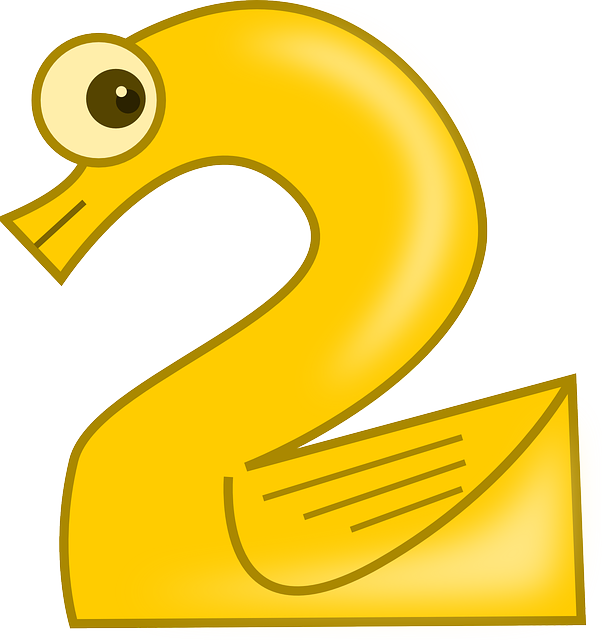
Is A=440 harmful?
I pretty much debunked this statement in my article on the A=440 concert pitch. To read more about that, CLICK HERE. First off, we must understand that only keyboard and fretted instruments actually stay within a specified concert pitch. ALL OTHER instruments will change tuning depending on humidity and temperature. Therefore, it's nearly impossible to stay within A=440 even when you tune to it. Things are only harmful for us IF... and that's a big IF... our intention is that something will be harmful. Thoughts create. What is it you want to create with your thoughts, intents, and words? Make a decision that music you choose, no matter the concert pitch, will be healing rather than harmful.
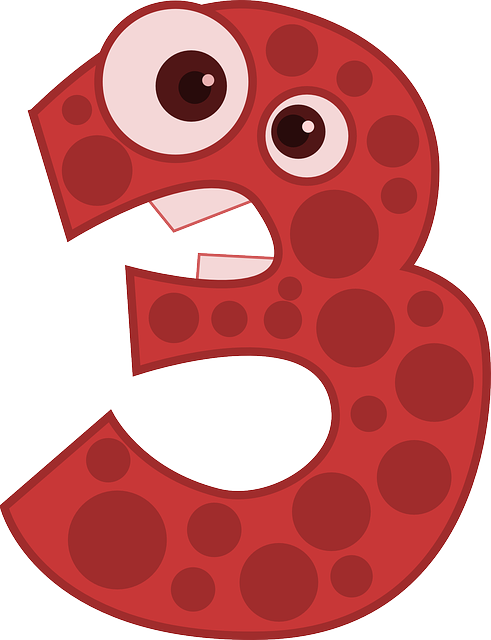
What's the difference between A=432 and A=444?
First off, A=432 and A=444 show us that we're looking at the same note but with slight variations. The number 432 is lower than 444. Therefore, we can assume that the sound of 432 Hz is lower than 444 Hz. However, they are both A's. They're simply slightly different versions of the same note. Let's compare that to color. When I say that I'm wearing a green shirt, you might ask what shade of green. Here's a darker green followed by a brighter green. They are both in the Green family and are very much related! A=432 (or 432 Hz) is a lower sound in the "A" Family while A=444 (or 444 Hz) is the higher brother (or sister). They're both "A"s and belong to the same "note" family.

Are there specific purposes for A=432 and A=444?
First off, they both refer to the same note and are in the same note family as mentioned above. When we use the "A" above middle C to tune an instrument to A=444 or A=432, then all notes on the instrument sound good with that specific "A." I have noticed that the frequencies in the A=432 concert pitch tend to line up with sacred numbers/geometry, the musical frequencies of the Hebrew letters, and all things "natural" within the earth and atmosphere. Some say that A=444 is a more "divine" number which is why they tune to A=444. At this time in my research, I have noticed that sacred numbers referring to the New Jerusalem (measurements, etc.) are more closely related to frequencies within the A=444 concert pitch. REMEMBER that A=432 concert pitch and A=444 concert pitch include ALL the corresponding notes/frequencies within a scale that match the tuning of those two specific "A family" frequencies.
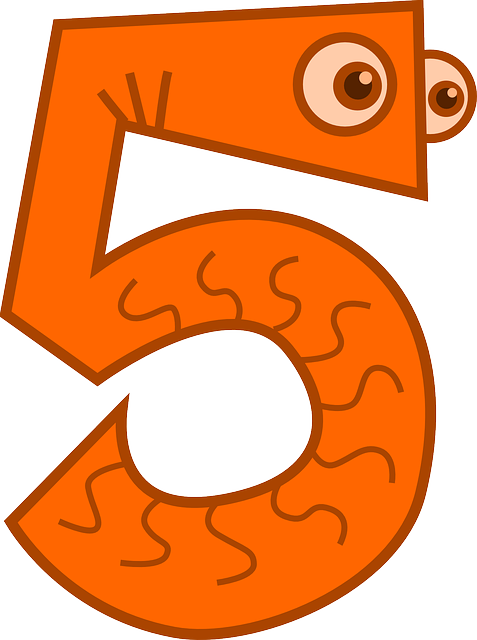
Did Hitler use frequencies for bad purposes?
I delve into the details of this question in the blog post about Hitler and the A-440 concert pitch. The truncated version is that at the time of Hitler, sound amplification was in its infancy. ANYTHING over sound systems of the time sounded scratchy and honky. Hitler projected loud music and Nazi propaganda 24 hours per day at loud volumes. Imagine having someone standing at a chalk board all day long, every day scratching on it. That's enough to drive anyone crazy! No, Hitler didn't use the A=440 concert pitch to cause harm. Refer back to question #2 where I go into how instruments change tuning while playing. The warmer the room, the higher the pitch (generally). The colder the room, the lower the pitch (generally). Hitler used frequencies of intent through words for nefarious purposes, but not music.
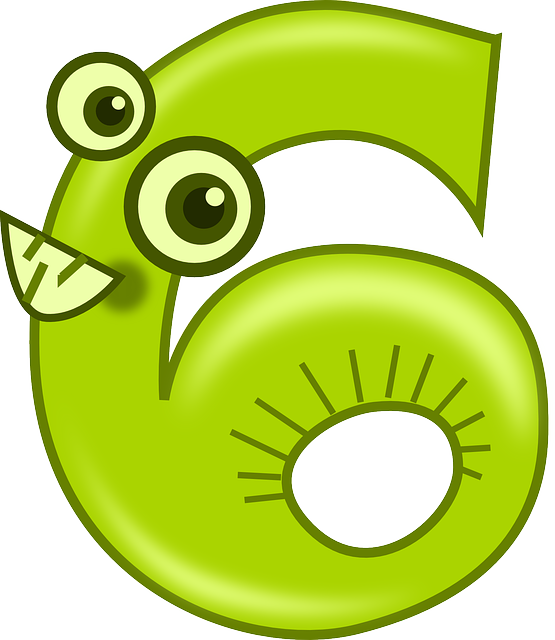
What do you think about the solfeggio frequencies?
There's so much misinformation about the ancient solfeggio frequencies that I'm not sure where to begin. I personally don't use them together since they don't create a pleasant sound because they're not a scale. If you want to use them, you have to retune your instrument for each frequency in order to get it exactly right. I have a chart in my first article about these frequencies where it shows 528 Hz is in the only one in the A=444 concert pitch. All other solfeggio frequencies are in a variety of different concert pitches.
CLICK HERE to read another article about the ancient solfeggio frequencies. The most recent information (by Puleo and Horowitz) is incorrect and doesn't line up with historical facts concerning the original solfeggio scale. That being said, I do use 528 Hz because it lines up with people's "intent" that it's a healing frequency. Therefore, I pair my intent with theirs when I create music using 528 Hz.
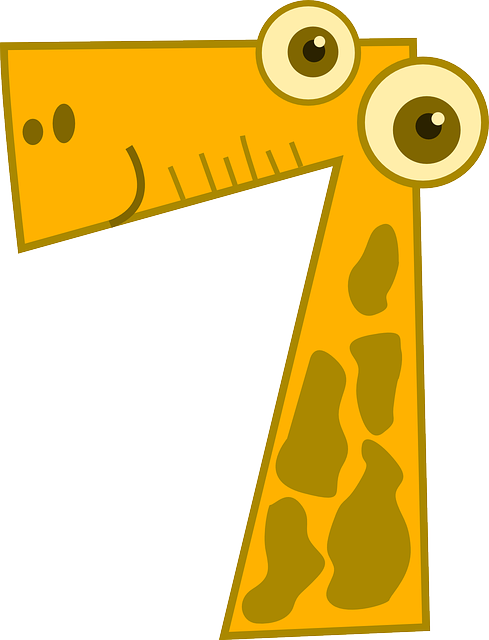
What is EMDR music?
EMDR is a form of therapy where a trained therapist will use motions and sounds that mimic rapid eye movement. It's during REM sleep that people process traumas. By creating music that gently "pans" from side to side, it provides a similar effect to the REM sleep cycle, allowing a processing of traumatic experiences. I go into greater detail about EMDR music and provide samples of the EMDR music I've created HERE. EMDR is often used for people who suffer from PTSD. EMDR music is very helpful but I encourage everyone to listen to it for only as long as you feel at peace and rest. Too much of a good thing can also be harmful! Moderation is a good thing!
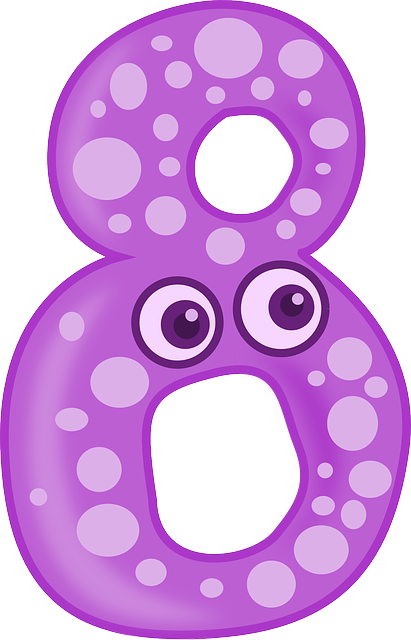
How do I know what music is harmful?
This all boils down to two things: 1) Does it "feel" good when you listen to it? 2) Do you like what you're hearing? Many people write (especially Christians) asking if my music is OK to listen to because it's listed in new age categories. First off, we're given few choices of categories and have to choose what the music "most sounds like." Rest assured that my intent is that you're filled with love, joy, peace, rest, hope, etc., as you listen to my music. A main ingredient in music listening involves intent. If the music has words, the intent is clear. If it doesn't have words and it feels good to you, then your "being" might like it. Pair that with YOUR intent that it's helpful for you and you're good to go! If we're fearful of being deceived, then we'll be deceived. Perfect love casts out all fear so... let's release an intent of pure love into what we listen to. Remember, the music is only one part of a musical recipe. Intent is just as important.
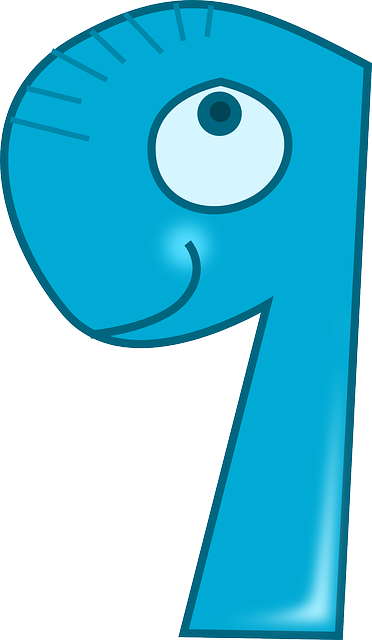
How are musical intervals different than musical notes?
Musical notes are single frequencies. You can put them together as a chain of notes to create a melody. For example, I can play the notes: C, C, G, G, A, A, G... etc. If you play them on a piano, you'll hear the first few notes of "Twinkle, Twinkle Little Star." They are individual notes that make up the first part of the song. When moving from C to G, that's an interval - the distance between two notes. In this case, they are five notes a part so it's a 5th. Look at G - A. They are two notes from each other so we call that a 2nd. All music includes a series of notes strung together to create a melody. The distance from one note to the next is called an "interval." Those intervals have "qualities" (Major 2nd, minor 2nd, Perfect 5th, Augmented 4th, etc.). That's music major stuff so we won't go into that here. The key (no pun intended) is to understand that notes and intervals work together but they're not the same.

Are certain instruments better than others for healing?
This one is saved for last NOT because it's the least important. It's to help cement the information into your memory! I actually get asked this question all the time in various formats... Is it OK to use tuning forks? Are crystal bowls better than Tibetan bowls? Insert your question here...
Instruments are ingredient #1. Intent of performers and listeners is ingredient #2. The created music is ingredient #3. Add all three together and you create your "daily bread" (for lack of a better term). As listeners, we add ingredient #2 when we engage with the music. Ingredients #1 and #3 are set by the performer(s). The number three represents a governmental authority - a strong three-stranded cord that holds it all together. Even if we're not sure of the musical intent of a performer, we can override that intent as we add our own. Do you like the music? Does it feel good to you? If so, decide your intent and add it to the music while you engage with it.

